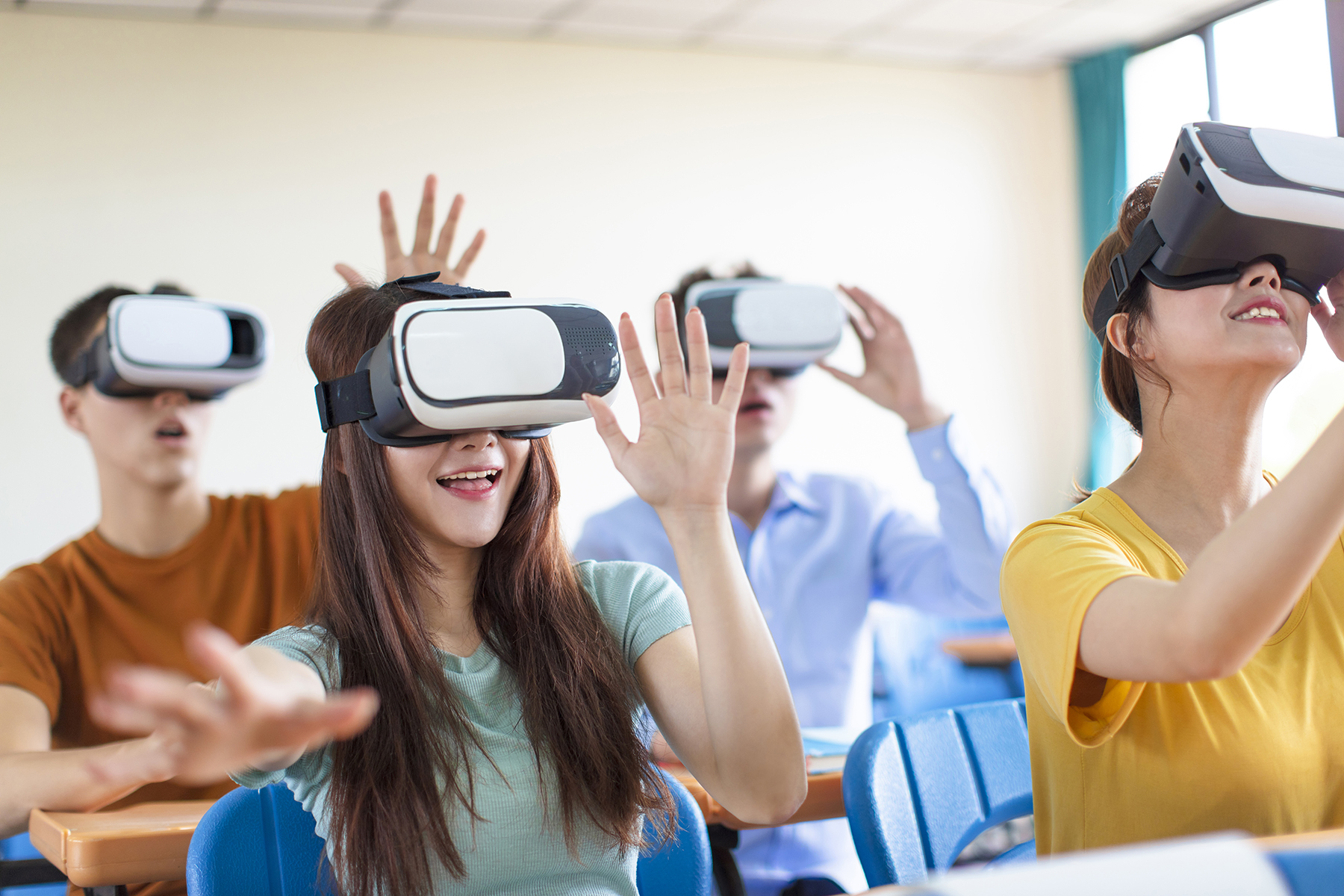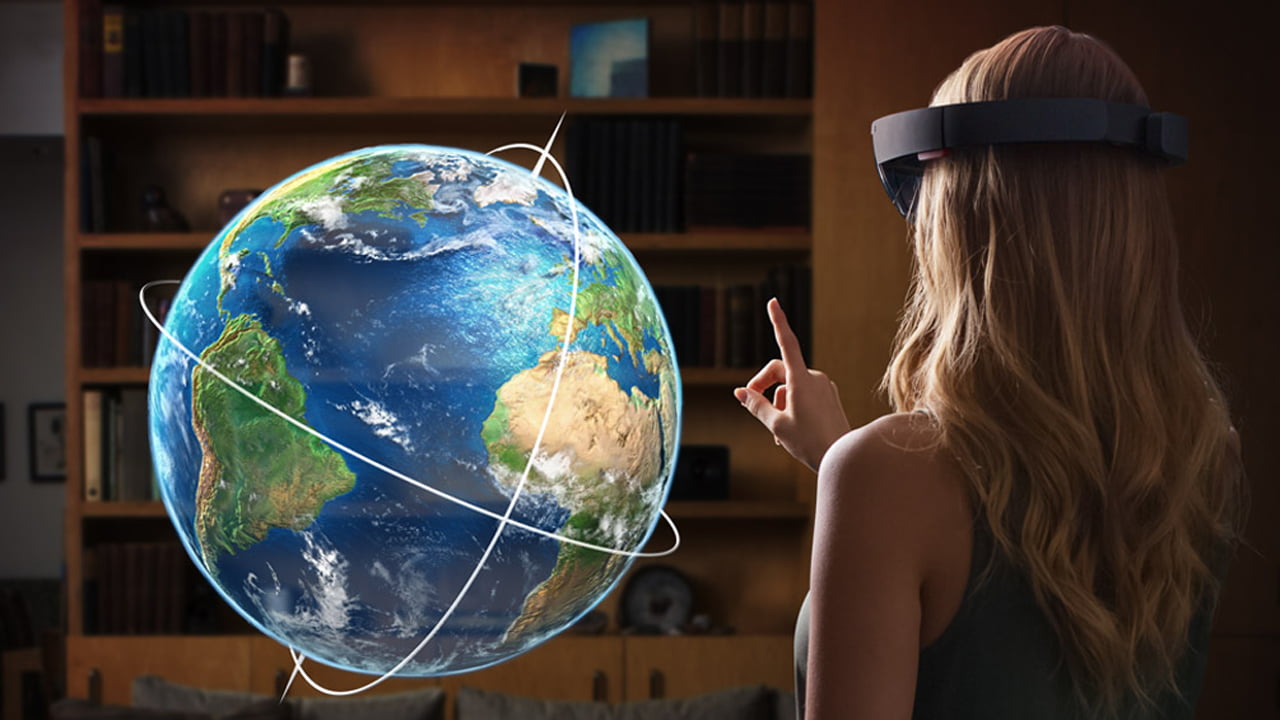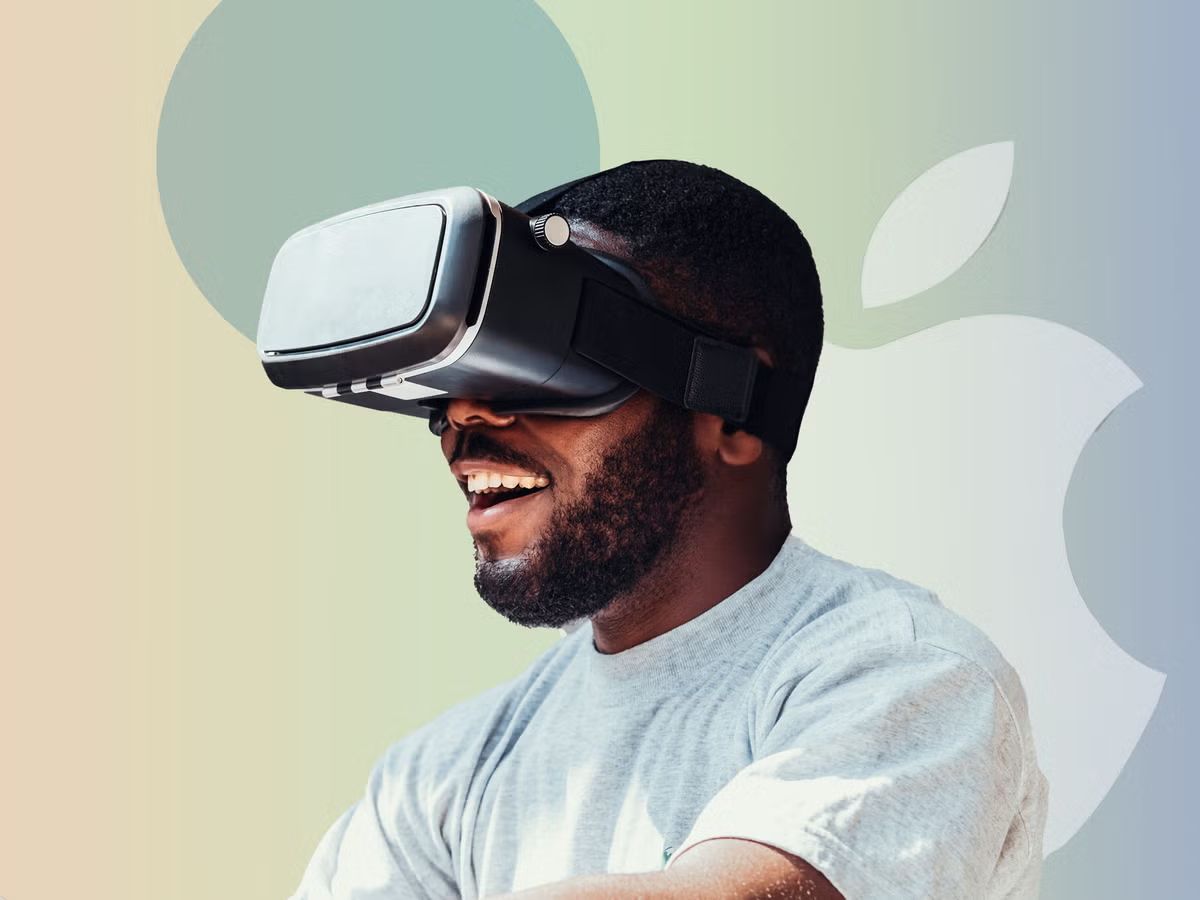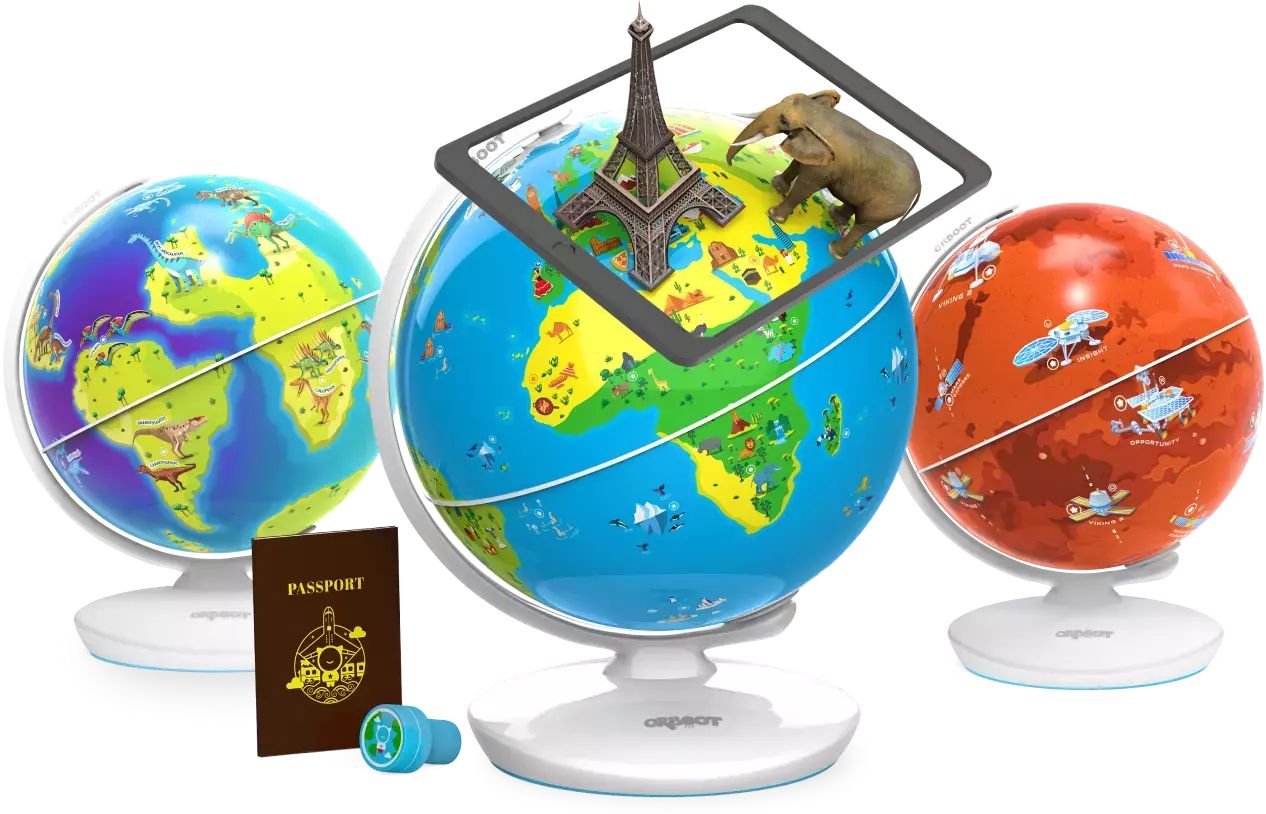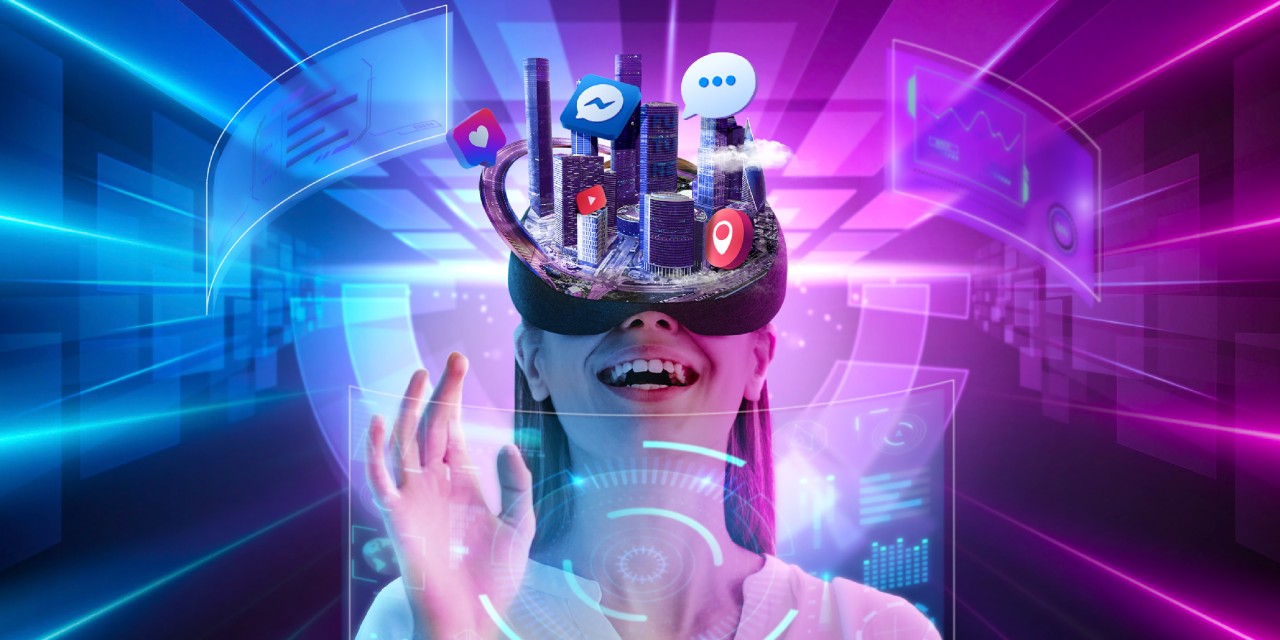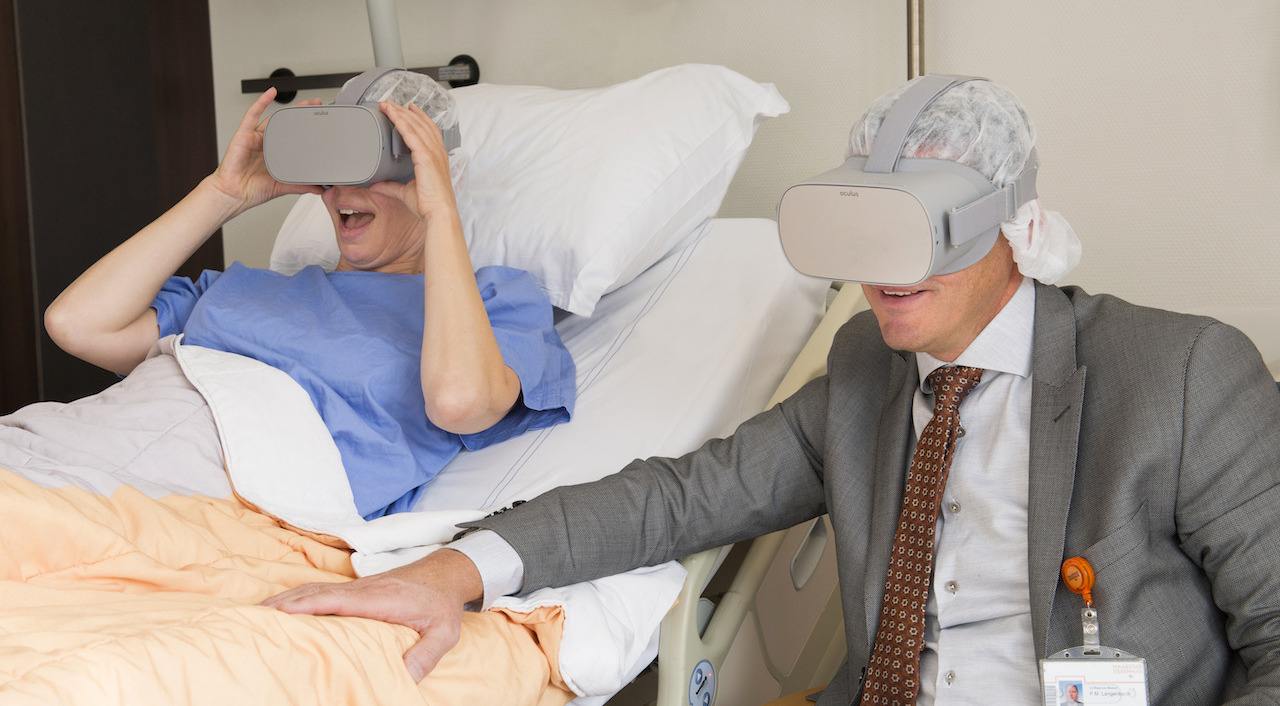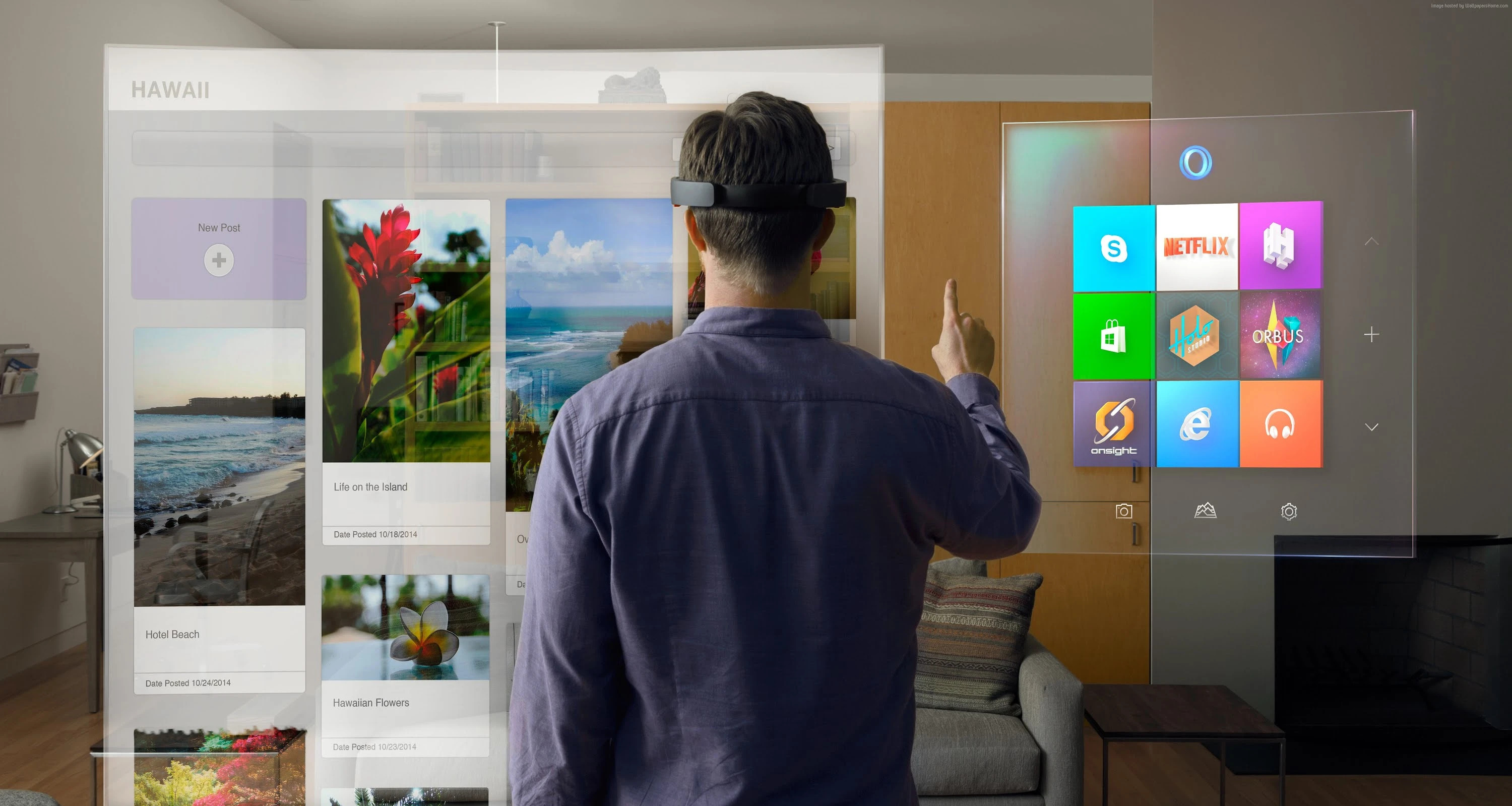Introduction
In recent years, virtual reality (VR) technology has made significant strides and has become an integral part of various industries, including gaming, healthcare, and entertainment. One area where VR has shown immense potential is education. Virtual reality has emerged as a powerful tool that can revolutionize the way students learn, engage, and interact with educational content. By immersing learners in a simulated environment, virtual reality offers a unique and interactive learning experience that goes beyond traditional classroom settings.
Traditional education often relies on textbooks, lectures, and static visual aids to deliver information to students. While these methods have proven effective, they may not always fully engage students and bring concepts to life. Virtual reality provides a solution by creating immersive and interactive experiences that bridge the gap between theory and practice. It allows students to explore, manipulate, and interact with virtual objects and environments, enabling them to grasp complex concepts in a more tangible and memorable way.
By using VR technology, educators can transport students to different times and places, offering them a first-hand experience of historical events, geological formations, or scientific phenomena. For example, instead of reading about the Pyramids of Giza in a textbook, students can virtually visit the site, walk around the structures, and even observe the construction process. This level of immersion not only enhances learning but also stimulates curiosity and fosters a deeper understanding of the subject matter.
Furthermore, virtual reality allows for the creation of realistic simulations and virtual laboratories that provide students with opportunities for hands-on practice and experimentation. For instance, aspiring doctors can perform virtual surgeries, engineering students can design and test virtual prototypes, and biology students can explore the microscopic world. These simulations not only reinforce theoretical knowledge but also develop critical thinking skills, problem-solving abilities, and muscle memory.
In the following sections, we will explore the various ways in which virtual reality is used in education to enhance learning experiences, provide virtual field trips, improve engagement and motivation, support special education, facilitate collaboration and communication, and promote accessibility and inclusivity.
Enhancing Learning Experiences
Virtual reality has the potential to transform traditional learning experiences by providing students with immersive and interactive opportunities to explore and understand complex concepts. By engaging multiple senses and creating a sense of presence, VR enhances the learning process and improves information retention.
One of the key advantages of virtual reality in education is its ability to simulate real-world scenarios. For example, biology students can virtually dissect animals without the need for physical specimens, providing a more ethical and accessible alternative. This hands-on experience allows students to explore different layers and structures in a way that was previously not possible in a traditional classroom setting.
Another way VR enhances learning experiences is through the creation of virtual laboratories. In subjects such as chemistry and physics, virtual labs allow students to conduct experiments in a safe and controlled environment. They can mix chemicals, observe reactions, and analyze the results, all within a virtual setting. This not only reduces the risk associated with physical experimentation but also empowers students to learn through trial and error, fostering a deeper understanding of scientific principles.
Furthermore, virtual reality can transport students to historical landmarks and important events in a way that textbooks cannot. For example, history students can virtually visit ancient civilizations, experiencing the sights and sounds of the past firsthand. This immersive approach not only makes history come alive but also helps students develop a more empathetic and contextual understanding of different cultures and time periods.
Moreover, virtual reality offers personalized learning experiences. Through adaptive algorithms and interactive simulations, VR can tailor the content and pace of instruction to individual students’ needs. This adaptive learning can help students grasp difficult concepts at their own pace, providing additional support and scaffolding when needed. This individualized approach promotes active engagement and increases student motivation, leading to better learning outcomes.
Overall, virtual reality has the potential to revolutionize the learning experience by providing students with engaging, immersive, and personalized opportunities to explore and understand the world around them. By embracing this innovative technology, educators can create an inclusive and interactive learning environment that goes beyond the limitations of traditional instruction methods.
Simulations and Virtual Labs
Simulations and virtual labs are powerful tools that virtual reality brings to the field of education. They offer students the opportunity to engage in realistic, hands-on experiences without the need for physical resources or expensive equipment. By immersing students in interactive virtual environments, simulations and virtual labs provide a safe and controlled space for experimentation, exploration, and practice.
In the realm of science education, virtual reality simulations allow students to conduct experiments and observe phenomena that would otherwise be challenging or impossible to replicate in a traditional classroom. For instance, physics students can explore the principles of motion and gravity by interacting with virtual objects that behave according to real-world physics laws. They can perform experiments, change variables, and observe the impact on the outcome, thereby gaining a deeper understanding of fundamental concepts.
Similarly, chemistry students can use virtual labs to explore chemical reactions, test hypotheses, and analyze the results. Virtual reality platforms enable students to mix chemicals, observe the formation of compounds, and visualize the changes that occur during a reaction. This hands-on experimentation enhances students’ comprehension of chemical principles while eliminating the risks associated with handling hazardous substances in a physical lab.
Biology is another field that greatly benefits from virtual reality simulations and virtual labs. Students can delve into the microscopic world, exploring cells, tissues, and organs with exceptional detail. Virtual dissections allow students to examine anatomical structures and gain a comprehensive understanding of the human body without the need for physical specimens. This approach not only promotes ethical practices but also caters to students who may have reservations or sensitivities towards traditional dissection methods.
Furthermore, virtual simulations have applications beyond traditional science subjects. For example, engineering students can use virtual reality to design and test prototypes, allowing for rapid iteration and refinement before the physical manufacturing process. This saves time and resources while encouraging students to think critically and creatively about their design decisions.
Overall, simulations and virtual labs bring an element of interactivity and practicality to the learning process. They enable students to engage in active, hands-on learning experiences that bridge theory and practice, promoting a deeper understanding of complex concepts. By utilizing virtual reality technologies, educators can provide students with unique opportunities to explore, experiment, and discover in a safe and immersive virtual environment.
Field Trips Without Leaving the Classroom
One of the remarkable aspects of virtual reality in education is its ability to take students on virtual field trips, providing immersive experiences that go beyond what can be achieved in a traditional classroom setting. Virtual field trips allow students to explore different locations, cultures, and historical landmarks without leaving the comfort of their classroom.
With virtual reality, geography classes can transport students to diverse landscapes and iconic landmarks from all over the world. Students can climb the Great Wall of China, explore the Amazon rainforest, or visit the pyramids of Egypt, all through a virtual experience that offers a high degree of realism. This enables students to gain a profound understanding of the world’s geography, fostering a sense of global awareness and cultural appreciation.
For history classes, virtual field trips provide an opportunity to witness historical events and visit significant historical sites. Students can virtually walk through the ruins of ancient cities, stand in the midst of a World War II battlefield, or witness the signing of important historical documents. This immersive approach not only brings history to life but also helps students develop a deeper connection to the events and people that shaped our world.
Virtual field trips can also be invaluable for environmental science and biology classes. Students can explore delicate ecosystems, observe wildlife in their natural habitats, and learn about conservation efforts through interactive virtual experiences. This not only broadens their understanding of biodiversity and environmental issues but also instills a sense of responsibility towards the preservation of our planet.
In addition to the rich visual experiences, virtual field trips can also incorporate audio narration, interactive elements, and quizzes to engage students during their virtual journey. This enhances active participation and promotes critical thinking as students navigate and explore the virtual environment. Students can interact with objects and characters, ask questions, and deepen their understanding through guided activities integrated into the virtual field trip.
Moreover, virtual field trips can overcome logistical challenges and financial constraints that often limit traditional field trips. Students from remote areas or schools with limited resources can still have access to immersive learning experiences that complement their curriculum. Virtual reality allows every student to have equal opportunities to explore the world, regardless of their physical location or financial circumstances.
Overall, virtual field trips bring the world to students, expanding their horizons and providing meaningful and immersive learning experiences. By leveraging the power of virtual reality, educators can transport their students to distant lands, historical periods, and unique ecosystems, fostering curiosity, cultural understanding, and a sense of connectedness with the world at large.
Improving Engagement and Motivation
Engaging and motivating students is a crucial aspect of effective education. Virtual reality has shown remarkable potential in achieving this goal by providing immersive and interactive experiences that captivate students’ attention and promote active learning.
One of the main reasons virtual reality improves engagement and motivation is its ability to create a sense of presence and emotional connection. VR transports students to a different reality, making them feel as if they are physically present in the simulated environment. This heightened level of immersion triggers students’ curiosity and sparks their interest, resulting in increased engagement with the learning material.
Traditional classroom settings can sometimes present challenges in capturing and maintaining student attention, especially for subjects that are perceived as difficult or boring. Virtual reality offers a solution by transforming abstract concepts into tangible and relatable experiences. Students can actively explore and interact with virtual objects, making the learning process more interactive, dynamic, and enjoyable.
Furthermore, virtual reality provides opportunities for active learning, allowing students to engage in hands-on activities and problem-solving tasks. By actively participating in their own learning, students develop a sense of ownership and agency, which in turn increases motivation. Virtual reality simulations and scenarios can present students with real-life challenges that they must navigate and overcome, fostering critical thinking, decision-making, and problem-solving skills.
Another advantage of virtual reality in improving engagement and motivation is its ability to cater to different learning styles and preferences. Visual learners can benefit from the immersive visual experience, auditory learners can engage with audio narration and interactive discussions, and kinesthetic learners can interact with virtual objects and manipulate the environment. This multisensory approach ensures that students can find their preferred mode of learning, enhancing their overall engagement and motivation.
Moreover, virtual reality offers the potential for collaborative learning experiences. Students can connect with their peers in a shared virtual space, collaborate on projects, and engage in discussions. This interactive and social aspect of virtual reality promotes teamwork, communication, and cooperation, further enhancing motivation and engagement among students.
Additionally, virtual reality allows for personalized and adaptive learning experiences. Through data analytics and user feedback, VR platforms can tailor the content and challenges to individual students’ needs, providing targeted support and scaffolding when necessary. This adaptive approach not only improves learning outcomes but also boosts students’ confidence and motivation by providing them with the right level of challenge and support.
Overall, virtual reality has the potential to revolutionize engagement and motivation in education by providing immersive and interactive experiences that capture students’ attention and foster active learning. By leveraging the power of VR, educators can create dynamic and personalized learning experiences that not only enhance understanding but also ignite students’ curiosity and passion for learning.
Virtual Reality in Special Education
Virtual reality has emerged as a valuable tool in special education, offering unique opportunities and benefits for students with diverse learning needs. The immersive and interactive nature of virtual reality provides a supportive and inclusive environment that caters to individual strengths and challenges.
One of the key advantages of virtual reality in special education is its ability to create a safe and controlled space for students to practice and develop skills. For example, children with autism spectrum disorder (ASD) often struggle with social interactions. Virtual reality simulations can provide a virtual classroom or social scenarios where students can practice communication, social cues, and appropriate responses in a controlled setting. This allows them to build confidence and improve their social skills in a realistic yet non-threatening environment.
Virtual reality also offers a customizable learning experience for students with specific learning disabilities. Teachers can adapt the virtual environment to meet the individual needs of each student, providing targeted support and accommodations. For instance, students with dyslexia can benefit from visually enhanced text or audio narration in virtual reality simulations, making it easier for them to engage with and comprehend the content.
Moreover, virtual reality can be used to create multisensory experiences that cater to students with sensory impairments. For visually impaired students, VR can provide audio descriptions and haptic feedback, enabling them to explore and interact with virtual environments. Similarly, students with hearing impairments can benefit from visual cues and interactive elements that enhance their learning experience.
Additionally, virtual reality can facilitate therapy and rehabilitation for students with physical disabilities. Through custom-designed VR applications, physical therapists can create virtual environments that simulate real-life movements and activities. This allows students to engage in interactive exercises and rehabilitation programs that are both motivating and effective in improving their physical abilities and motor skills.
Virtual reality also offers a unique opportunity for students with attention deficit hyperactivity disorder (ADHD) to improve their focus and attention. By creating engaging and interactive virtual environments, students with ADHD can immerse themselves in educational experiences that capture their attention and reduce distractions. Virtual reality can also incorporate gamification elements, such as rewards and challenges, to further enhance engagement and motivation.
Furthermore, virtual reality can provide students with emotional and behavioral disorders a safe space to practice and develop coping strategies. Through virtual reality scenarios, students can navigate and manage difficult or triggering situations, allowing them to learn and apply effective strategies for emotional regulation and behavior management.
Overall, virtual reality in special education offers a range of benefits for students with diverse learning needs. By creating inclusive and personalized learning experiences, virtual reality can empower students to develop skills, overcome challenges, and reach their full potential. As technology continues to evolve, virtual reality holds the promise of transforming special education and providing innovative and effective interventions for students with unique learning requirements.
Collaboration and Communication
Virtual reality not only enhances individual learning experiences but also provides opportunities for collaboration and communication among students. Through virtual reality platforms, students can connect and interact with their peers in shared virtual spaces, fostering teamwork, cooperation, and meaningful collaboration.
One of the advantages of virtual reality in promoting collaboration is the ability to overcome geographical barriers. Students from different locations can come together in a virtual environment, breaking down the limitations imposed by distance and allowing for global collaboration. This opens up new possibilities for cultural exchange, knowledge sharing, and collaboration on projects that benefit from diverse perspectives.
Virtual reality also facilitates communication by enabling users to engage in real-time interactions in virtual environments. Students can communicate with one another through voice chat, gestures, and avatars, creating a sense of presence and social interaction. This immersive communication experience enhances engagement and promotes effective communication skills, as students actively participate in discussions and collaborative activities.
Moreover, virtual reality simulations and scenarios can be designed to encourage teamwork and cooperation. Students can collaborate on complex projects, problem-solving tasks, or virtual experiments, working together to achieve common goals. This fosters critical thinking, communication, and leadership skills, mirroring real-world collaborative scenarios.
Virtual reality also offers an inclusive and supportive environment for students who may be hesitant or shy in traditional classroom settings. By providing a virtual avatar representation, students can express themselves without the fear of judgment or anxiety. This can be particularly beneficial for introverted students or those with social anxiety, as it allows them to actively participate in discussions and collaborative activities.
Furthermore, virtual reality can provide unique opportunities for students to engage in role-playing activities and simulations that require teamwork and communication. For example, business students can engage in virtual group presentations, medical students can practice patient consultations, and language learners can engage in immersive language exchanges with native speakers. These collaborative simulations allow students to develop skills that are essential for their professional and personal lives.
Additionally, virtual reality facilitates synchronous and asynchronous collaboration, allowing for flexible communication and teamwork. Students can collaborate in real-time during virtual sessions or work collaboratively at their own pace, accessing shared virtual spaces and resources. This flexibility accommodates different schedules and learning preferences, promoting inclusivity and engagement.
Overall, virtual reality enhances collaboration and communication among students by breaking down geographical barriers, providing immersive communication experiences, fostering teamwork, and creating an inclusive and supportive environment. By leveraging the power of virtual reality, educators can encourage students to collaborate, communicate effectively, and develop vital skills for future success.
Accessibility and Inclusivity
Virtual reality has the potential to promote accessibility and inclusivity in education by breaking down barriers and providing equal learning opportunities for students with diverse abilities and learning needs. Through its immersive and interactive nature, virtual reality can create an inclusive learning environment that caters to individual strengths and challenges.
One of the main advantages of virtual reality is its ability to accommodate different learning styles and preferences. Visual learners can benefit from the immersive visual experiences, auditory learners can engage with audio narration and interactive discussions, and kinesthetic learners can interact with virtual objects and manipulate the environment. This multisensory approach ensures that students can find their preferred mode of learning, enhancing their overall accessibility to the content.
Virtual reality also provides customizable and adaptive learning experiences. Teachers can tailor the virtual environment to meet the individual needs of each student, providing accessibility features and accommodations. For example, students with visual impairments can utilize auditory cues or haptic feedback to navigate and interact with the virtual environment. Students with hearing impairments can benefit from visual cues and closed-captioning options. These adaptations ensure that students with diverse abilities can participate fully and engage with the educational content.
Additionally, virtual reality promotes inclusivity by creating a safe and non-discriminatory learning space. Through virtual avatars and the anonymity they provide, students can express themselves without facing biases or prejudices. This is particularly beneficial for students who may face social stigma or discrimination in traditional learning environments. Virtual reality allows students to focus on their learning and contributions, fostering a sense of belonging and inclusivity.
Virtual reality also supports students with physical disabilities by providing opportunities for participation and engagement. Virtual environments can be designed to accommodate wheelchair users or students with limited mobility, allowing them to explore and interact with the virtual world. This fosters independence and equal access to educational experiences for students with physical disabilities.
Furthermore, virtual reality offers the potential to provide learning experiences that were previously inaccessible or impractical. For example, students with severe allergies or medical conditions that prevent them from participating in certain activities or field trips can still benefit from virtual experiences. Virtual reality allows them to virtually visit places, participate in activities, and engage with content that would otherwise be difficult or risky for them.
In remote or underserved areas, where access to educational resources and experiences may be limited, virtual reality can bridge the gap by providing equal access to immersive and engaging learning experiences. Students from these areas can have access to virtual field trips, laboratory simulations, and collaborative projects that were previously out of reach.
Overall, virtual reality in education promotes accessibility and inclusivity by catering to diverse learning needs, providing customizable learning experiences, creating a safe and non-discriminatory learning environment, and bridging geographical barriers. By leveraging virtual reality technologies, educators can ensure that all students, regardless of their abilities or circumstances, have equal access to quality education and the benefits of immersive learning experiences.
Challenges and Limitations
While virtual reality holds significant promise in education, it is important to acknowledge the challenges and limitations that come with its implementation. These considerations are essential in ensuring effective and responsible use of virtual reality technology in educational settings.
One of the primary challenges is the cost associated with implementing virtual reality in classrooms. The equipment required, such as VR headsets and powerful computers, can be expensive, making it difficult for schools with limited budgets to adopt this technology. Additionally, maintenance, software updates, and technical support can add to the overall cost of implementing and sustaining virtual reality programs.
Another challenge is the learning curve for both educators and students. Virtual reality technology requires training and familiarity, as educators need to learn how to create or select appropriate VR content and integrate it into the curriculum effectively. Students may also need guidance in navigating and interacting with virtual environments. Without proper training and support, the full potential of virtual reality in education may not be realized.
Content creation and availability can also pose a limitation. While there is a growing number of educational VR applications and resources, the development of high-quality, curriculum-aligned content can be time-consuming and costly. Additionally, there may be limited options available for certain subjects or grade levels, which may hinder the widespread adoption of virtual reality in all educational contexts.
Technical limitations can also be a barrier to the seamless implementation of virtual reality. Issues such as motion sickness, discomfort, or eye strain may affect some individuals when using VR headsets. The hardware and software may also have compatibility issues or require regular updates and maintenance. Ensuring a smooth and reliable user experience can be a challenge, especially in large-scale implementations.
Privacy and safety concerns are also important considerations. Virtual reality experiences often involve collecting personal data, and ensuring the privacy and security of this data is paramount. Educators need to consider appropriate measures to protect student information while utilizing virtual reality technologies. Additionally, ensuring a physically safe environment for students while they engage in virtual reality experiences is crucial to prevent accidents or injuries.
Finally, there is the need for ongoing research and evaluation to understand the long-term impact of virtual reality in education. While initial studies show positive effects, further research is needed to determine the optimal use of virtual reality for different learning outcomes, student populations, and subject areas. This ongoing research will help inform best practices and guide educators in maximizing the benefits of virtual reality technology.
Although virtual reality faces challenges and limitations, addressing these concerns through investment in training, content development, and research can help overcome many of the barriers. As the technology continues to advance and become more accessible, virtual reality has the potential to reshape education and provide innovative learning experiences for students of all backgrounds.
Conclusion
Virtual reality (VR) has emerged as a powerful tool in education, offering immersive and interactive experiences that enhance learning, engagement, and inclusivity. By leveraging the technology of virtual reality, educators can take students on virtual field trips, provide simulations and virtual labs, and create personalized and engaging learning experiences.
Through virtual reality, students can explore historical landmarks, observe scientific phenomena, and engage in hands-on experiments without leaving the classroom. The immersive nature of VR allows for a deeper understanding of concepts and fosters curiosity and critical thinking. Virtual reality also promotes collaboration and communication among students, providing inclusive and interactive spaces for teamwork and learning. Students with diverse abilities and learning needs can benefit from virtual reality by accessing customized learning experiences and participating in educational activities that were previously challenging or inaccessible.
However, the implementation of virtual reality in education does come with challenges and limitations. The cost of equipment, technical considerations, content creation, and privacy concerns must be addressed to ensure responsible and effective use of VR technology. Ongoing research and evaluation are crucial to understanding the long-term impact of virtual reality and refining best practices for its application in education.
Despite these challenges, virtual reality holds immense potential in revolutionizing education and creating transformative learning experiences. By embracing virtual reality, educators can create a dynamic and inclusive learning environment that engages students, fosters creativity, and prepares them for the increasingly digital and interconnected world.







